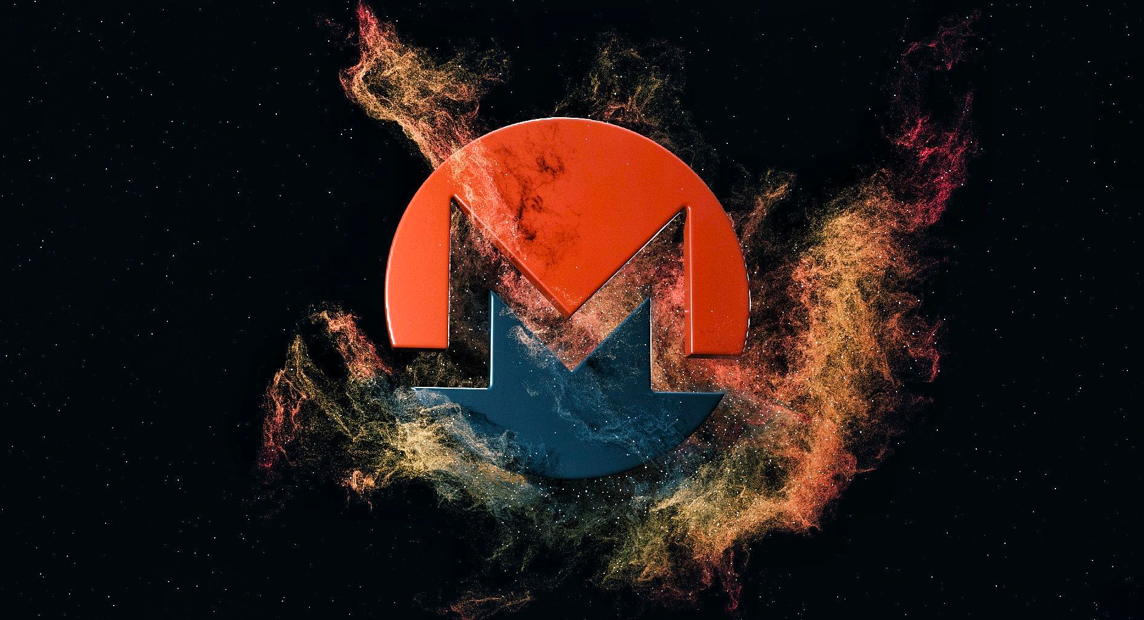Monero Network Suffers 51% Attack Led by Qubic Mining Pool

The Monero blockchain, known for its strong privacy features since launching in 2014, is facing a significant security challenge as the Qubic mining pool has executed a successful 51% attack. This development allows the attackers to control the majority of the network’s hashrate, giving them the power to reorganize the chain and potentially disrupt transactions. Our initial reports indicate that Qubic, spearheaded by Sergey Ivancheglo, had been building up its resources for months, leading to this takeover that has raised alarms. The price of XMR has reacted with a drop of around 13%, reflecting investor concerns over the network’s stability.
Sergey Ivancheglo, a figure with a background in other blockchain projects like IOTA, had signaled intentions for this action back in late July, framing it as an experiment to test Monero’s defenses. The attack culminated in a major chain reorganization detected early on August 12, 2025, where Qubic’s dominance enabled the potential for double-spending and transaction censorship. Despite the severity, the market response has been relatively contained so far, with XMR trading at levels that suggest some holders remain confident in a recovery.
The Qubic pool’s control effectively orphans competing blocks from other miners, leaving them with little incentive to continue participating in the network. This could lead to a scenario where Qubic becomes the dominant or even sole miner, fundamentally altering the decentralized nature of Monero. With a market value of about $6 billion, Monero now faces a smaller entity valued at around $300 million dollars dictating its operations, highlighting how concentrated hashrate can overpower larger networks. Exchanges like Binance have started suspending XMR withdrawals as a precautionary measure to mitigate risks from potential double-spends.
Stay In The Loop and Never Miss Important Crypto News
Sign up and be the first to know when we publishExpert Reactions to the Ongoing Threat
Charles Guillemet, the chief technology officer at Ledger, has publicly addressed the situation, stating that Monero appears to be enduring a successful 51% attack that threatens its core functionalities. He estimated the daily cost of sustaining such dominance at approximately $75 million, a figure that points to the high stakes involved for the attackers. While this expense might yield short-term gains through exploits, it risks eroding long-term trust in the privacy-focused chain, which has been a target for governments and agencies due to its anonymity features.
The founder of blockchain security firm SlowMist also weighed in, noting that the attack seems to have succeeded after close monitoring, though the ultimate economic benefits remain unclear. He emphasized that Qubic’s position allows for rewriting blockchain history and censoring transactions, urging platforms to remain vigilant against emerging threats. This perspective aligns with broader industry warnings about the need for enhanced protections in proof-of-work ecosystems.
Recovery options for Monero appear limited at this stage, with community discussions focusing on potential hard forks or algorithmic changes to reclaim decentralization. However, implementing such measures during an active attack poses technical challenges and could further divide the user base.
As the situation unfolds, everyone is watching closely to see if Monero can rally its miners and developers to counter the dominance. The network’s resilience has been tested before, but this level of control marks a new chapter in its history. Platforms handling XMR are advised to monitor for anomalies, while users may need to adjust their strategies amid the uncertainty.
Ivancheglo himself has commented on social media, suggesting the attack is part of a larger experiment to help Monero strengthen its defenses against future threats, including those from regulatory entities. 10 This framing has sparked debate, with some viewing it as a constructive stress test rather than pure malice. Regardless, the immediate effects on network confidence and price stability continue to play out in real time.

